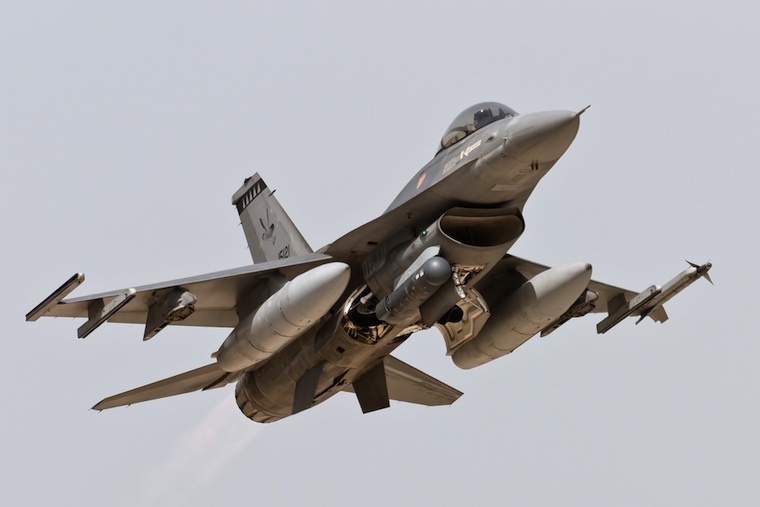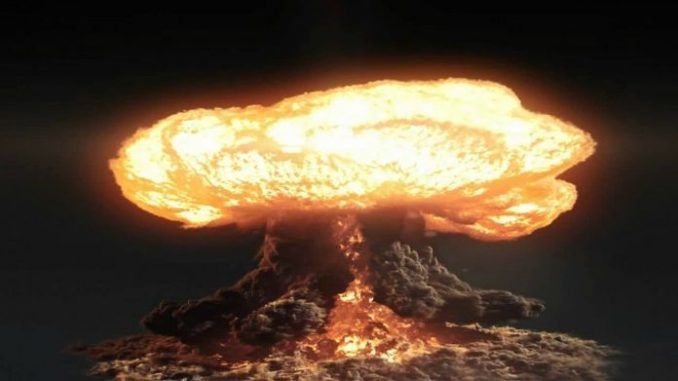In a bit of irony, a Twitter comment by Jill Hruby Administrator of the National Nuclear Security Administration (NNSA) pointed to a new nuclear bomb as proof America is committed to nuclear deterrence. This is where it is important to remember that deterrence means, the action of discouraging an action or event through instilling doubt or fear of the consequences. See her Twitter post below;
Last week, #NNSA successfully completed the B61-12 First Production Unit @PantexPlant. This is a huge milestone for stockpile modernization and demonstrates our Nation’s commitment to #nuclear deterrence.
 |
The B61-12 Is Light And Accurate
|
It could be argued that reworking a nuclear bomb to make it easier to
justify using it and widening out the opportunities for its use is nothing to brag about. This all falls under the category of, "once it's out of the bottle it will be hard to put back in"
An article in The National Interest on October 9th, 2018 by Zachary Keck indicates this bomb may be the most dangerous nuclear weapon in America's arsenal. The combination of accuracy and low-yield make the B61-12 the most usable nuclear bomb in America’s arsenal. It also makes using nuclear weapons thinkable for the first time since the 1940s.
To be clear, the reason it is such a monster is not because of its power. The bomb has a maximum yield of just 50-kilotons, the equivalent of
50,000 tons of TNT. By contrast, the B83 nuclear bomb has a maximum
yield of 1.2 megatons which is 24 times greater. The B61-12 may only be able to carry low-yield nukes but is guided by an advanced Boeing tail kit.
In our extensive nuclear arsenal, the United States maintains 7,200 nuclear bombs. America also maintains a plethora of expensive delivery options for its nuclear bombs. Our so-called nuclear triad includes 94 nuclear-capable bombers (B-2s and B-52s), over 400 Minuteman III
ICBMs, and 12 Ohio-class ballistic missile nuclear submarines. The submarines are equipped with modern Trident II submarine-launched ballistic
missiles.
The key to the effectiveness of any weapon is its accuracy. It has been reported that in 1985, a single U.S. ICBM warhead had less than a 60 percent chance
of destroying a typical silo. Today, a multiple-warhead attack on a
single silo using a Trident II missile is said to have a roughly 99 percent
chance of destroying it.”
 |
A Baby Nuke With Great Accuracy
|
To be clear, the B61-12 is America’s first nuclear-guided bomb, it is a new weapon. According to Hans Kristensen, from the Federation of American Scientists, existing U.S. nuclear bombs have circular error probabilities (CEP) of between 110-170 meters. The B61-12’s CEP is just 30 meters. Also, with a
maximum yield of 50 kilotons, the yield can be lowered as
needed for any particular mission. An amazing fact is, the bomb’s explosive force
can be reduced electronically through a dial-a-yield system.
The problem with this "friendly" nuclear bomb is that those controlling its use will most likely be more inclined to use it. This muddies the boundary and red line that mankind has up until now feared to cross. As noted earlier in this article, "once the nuclear genie is out of the bottle it will be hard to put back in."
Remember the 1983 movie WarGames? In it, a young computer whiz kid accidentally connects to a top-secret super-computer. The computer which has complete control over the U.S. nuclear arsenal innocently starts the countdown to World War 3. We may be moving back into such a scenario. This bodes poorly for us poor saps living in harm's way if shit hits the fan.
(Republishing of this article welcomed with reference to Bruce Wilds/AdvancingTime Blog)


Gravity bombs worked well in WWII when a bomber could fly over a city unchallenged. Hiroshima and Nagasaki are good examples. Now everybody has missiles and radar that can see a plane coming for hundreds of miles. So-called "stealth" planes are not stealthy any more.
ReplyDelete